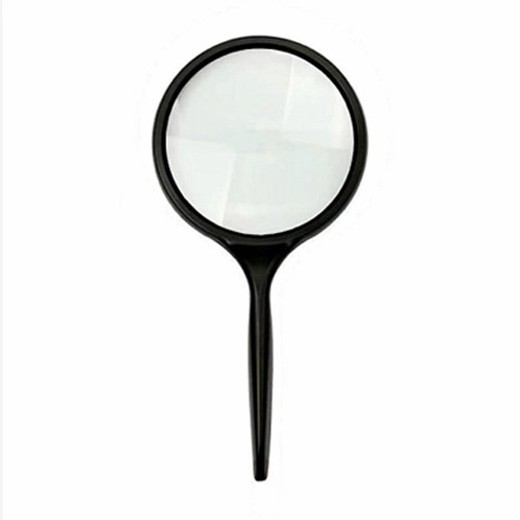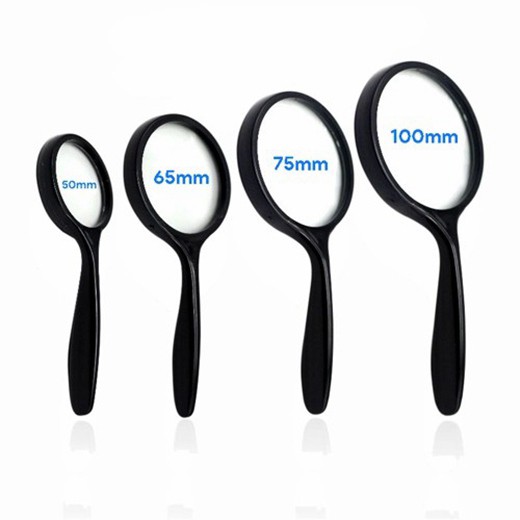Customization Toddler Learning Toys Magnifiers for Kids with Stand
Product description
Magnifying glasses have a wide range of applications in daily life and scientific research. In the field of education, teachers often use magnifying glasses to showcase the wonders of the microscopic world, such as biological and mineral samples, in order to stimulate students' interest and curiosity in learning. In scientific research, a magnifying glass is also one of the important tools, which can help scientists observe and analyze microstructures, and reveal the mysteries of nature.

The working principle of a magnifying glass is based on the focusing effect of a convex lens. When light passes through a convex lens, due to the different curvatures on both sides of the lens, the light refracts inside the lens, causing the light to converge towards the central axis of the lens. When we place an object within the focal length of a magnifying glass, the light emitted by the object refracts through the lens, forming a magnified virtual image on the other side of the lens. The size of this virtual image depends on the focal length of the magnifying glass and the distance from the object to the lens.

Long term use of magnifying glasses under strong light may cause damage to the eyes. Therefore, when using, it is important to avoid direct sunlight or other strong light sources on the eyes. A magnifying glass is a precision optical instrument that needs to be properly stored to avoid damage or loss. Avoid adverse factors such as moisture, heat, or pressure during storage.

When using a magnifying glass, whether handheld or desktop, it is necessary to maintain stability in order to observe clear images. Therefore, it is important to avoid shaking or moving during use. Different magnifying glasses have different focal lengths, and the focal length needs to be adjusted according to the actual situation to achieve the best magnification effect.


Recommended products


